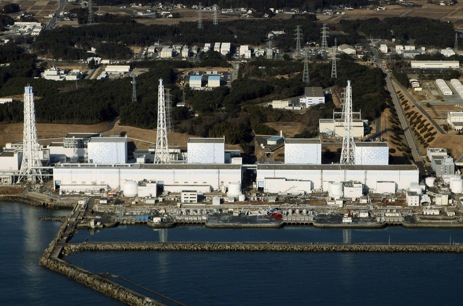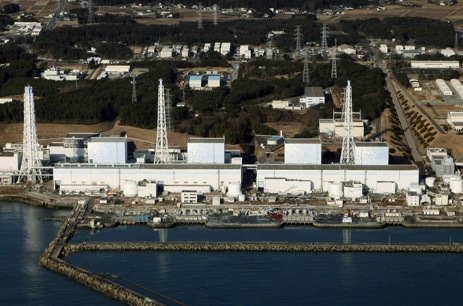
This weekend marked the one-year anniversary of Japan’s earthquake, tsunami, and subsequent nuclear accident. While thousands of residents fell victim to the natural disasters, countless others are still living in fear of radiation poisoning from the Fukushima Daiichi nuclear power plant’s triple meltdown.
There’s a cornucopia of news in light of the March 11 anniversary, but lucky for you, we’ve broken it down into digestible morsels. Here are five stories about the Fukushima anniversary that are not to be missed:
1. Tokyo electric power ignored warnings from experts
Insiders from Japan’s nuclear industry have come forward to say that Tokyo Electric Power (Tepco) ignored expert warnings about tsunamis and their potentially devastating impacts on nuclear plants. In other words, the Fukushima fallout could have been avoided had Tepco and regulators taken necessary precautions, like placing backup generators on higher ground and installing larger wave walls.
They attributed this to a culture of collusion in which powerful regulators and compliant academic experts looked the other way while the industry put a higher priority on promoting nuclear energy than protecting public safety. They call the Fukushima accident a wake-up call to Japan to break the cozy ties between government and industry that are a legacy of the nation’s rush to develop after World War II.
2. Will Fukushima evacuees ever be able to return?
Nearly 90,000 Japanese residents fled their homes and businesses in order to escape the nuclear fallout. Now, one year later, many question whether these citizens will ever be able to return.
While Japan has committed $14 billion over three years to cleaning up the contamination site, experts say the work could potentially take decades due to the complex nature of the project. One process involves removing the top layer of earth from the entire affected area and replacing it with new soil.
“We’re talking about an area the size of the state of Connecticut and it’s an astronomical job to remove five centimetres of soil from the entire state of Connecticut,” said Arnie Gundersen, a nuclear expert who arrived in Japan just days after the catastrophe to consult with the government.
3. Radiation exposure spurs depression, fears of cancer
Fukushima’s nearly 90,000 evacuees and countless others worry about getting cancer from radiation poisoning, with many avoiding eating local produce or drinking tap water. And even for those who avoid physical health consequences, living in fear takes a major psychological toll.
Whether their fears are justified is still up for scientific debate. Even if the former residents of Katsurao get cancer in 10, 20 or 30 years, it will be nearly impossible to prove the causes.
4. Thousands protest reopening of Japanese nuclear power plants
More than 45,000 Japanese residents took to Tokyo’s streets on Sunday to protest the reopening of the country’s nuclear power plants, which are currently shut down for safety checks.
All but two of Japan’s 54 nuclear power stations are suspended, and campaigners want to prevent any reopening.
Both operating reactors are scheduled to be shut down for tests before the end of April. The government says if they are not put back into operation soon, there will be a shortfall of energy during the summer.
And today, a group of local activists filed a lawsuit with the Osaka district court seeking an injunction to prevent the Kansai Electric Power Co. from reopening. The nuclear plant recently completed its safety checks.
5. U.S. regulators continue to extend lives of aging nuclear plants
The Center for Investigative Reporting says that 71 of America’s 104 aging nuclear power plants have already gotten the green light to operate for another 20 years. The Center put together a not-to-be-missed film on the problems with the Nuclear Regulatory Commission’s lack of oversight on over-the-hill plants.



